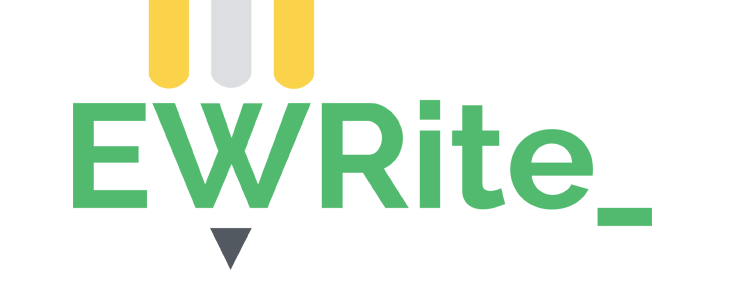
The Writing Requirement Package | The Reading Requirement Package
| > | Introduction | Background | Aims | Reading comprehension | Designated reading | Assigning reading to students before a lecture
I. Introduction to the Reading Requirement In order to pursue its goals of trilingualism and biliteracy, The Hong Kong Polytechnic University is preparing to enhance substantially its language instruction with the new four-year curriculum. As part of this enhancement, with regard to English language reading in particular, the Policy and Implementation Guidelines on the R and W requirements of CAR subjects (June 2010) state that all students are required to complete one subject that includes a requirement for reading an extensive text in English within their CAR subjects with an "R" designation. In order for a CAR subject to be eligible for an "R" designation, it must include a reading of an extensive text (100,000 words or 200 pages). If appropriate, the reading requirement can be fulfilled by the reading of a small number (but no more than 4) of manuscripts / texts with the same total word / page count. Students, in order to be eligible for an "R" credit for the subject, are required to participate in instructional and assessment activities which aim at assisting them to acquire the appropriate reading skills and to demonstrate their understanding of the extensive text concerned. These activities are to be organized and conducted in consultation with the ELC staff. The assessment of the reading assignment accounts for a substantial proportion of the final grade for the subject. Aims
Comprehension of reading is a complex process. Though there are many ways to examine this process, the three-level taxonomy put forward by Thomas Barrett (Clymer, 1968) may serve as a starting point for us to look into the issue of how students comprehend by highlighting the levels or types of comprehension students do when reading. The three levels of comprehension purported by Barrett are as follows:
Literal or factual comprehension refers to the straight-forward understanding of the information that is explicitly stated in the text and this level of comprehension is heavily reliant on the information presented in the text.
Inferential comprehension refers to information that is not explicitly stated in the text. This level of comprehension allows students to infer or guess the implied messages through calling up their relevant prior knowledge or experience in order to obtain a more comprehensive picture of the text. Apparently, inferential comprehension relies significantly on both the text and the readers.
Critical or evaluative comprehension involves students making judgments about various aspects of the text such as the literary quality of the text, the coverage of the content, the comprehensiveness and validity of the arguments and, the flow of the reasoning. This level of comprehension, obviously, relies on the text itself, yet to an even greater extent, it requires students to make personal judgments and evaluation, which could also be considered to be inferences, about the text and the messages derived are highly dependent on the individual and unique background of the readers. To engage students' thinking and problem-solving skills so as to better equip them for their university and professional life, all three levels of comprehension outlined above are important and need to be fostered.Reading materials, which are relevant to the CAR subjects concerned, should include:
Assigning reading to students before a lecture To foster students reading and help them develop a stable and rewarding reading habit, it is suggested that they should be assigned a manageable piece of reading (e.g. a chapter of a book) for a specified period of time (e.g. one to two weeks) on a regular basis throughout the whole course. After finishing a particular part of the assigned reading, teachers, with an aim to reinforce and consolidate students' work and effort, could revisit some key concepts with students, ask them to discuss what they have read in class, or, assess their reading progress through different means. The amount of reading to be assigned to students each time greatly depends on the total amount / length of the reading involved and the design and duration of the course. |
|
| > | Engaging students in reading | ||
| > | Assessment | ||
| > | Templates for reading activities | ||


